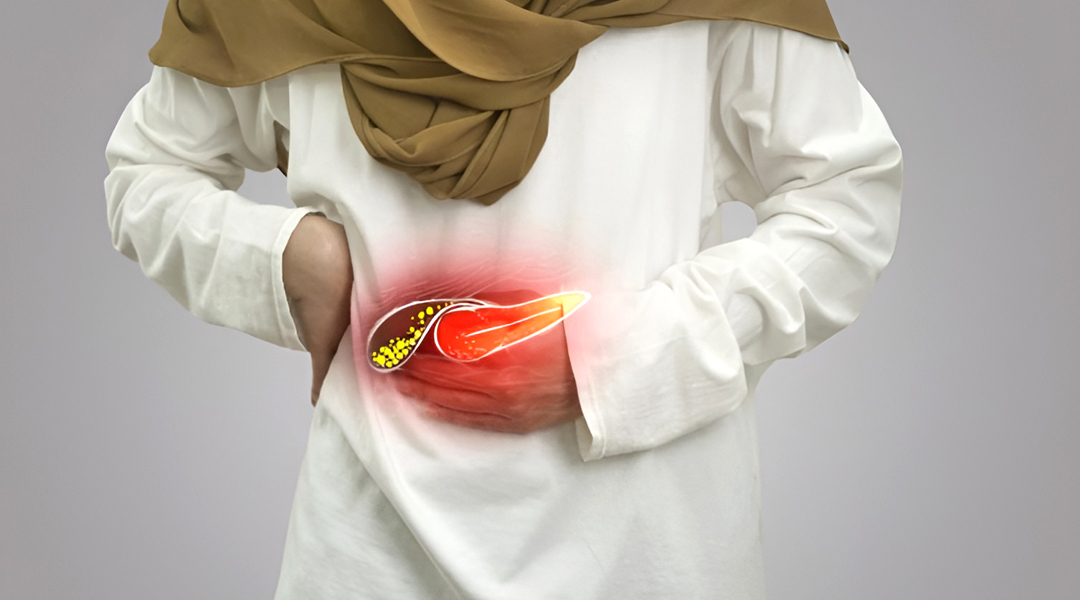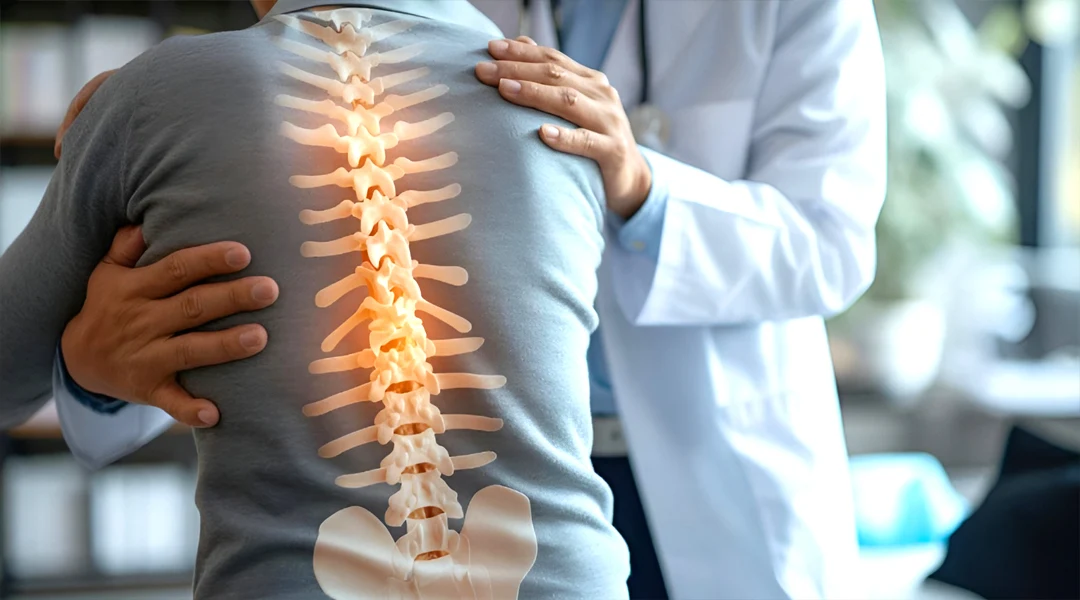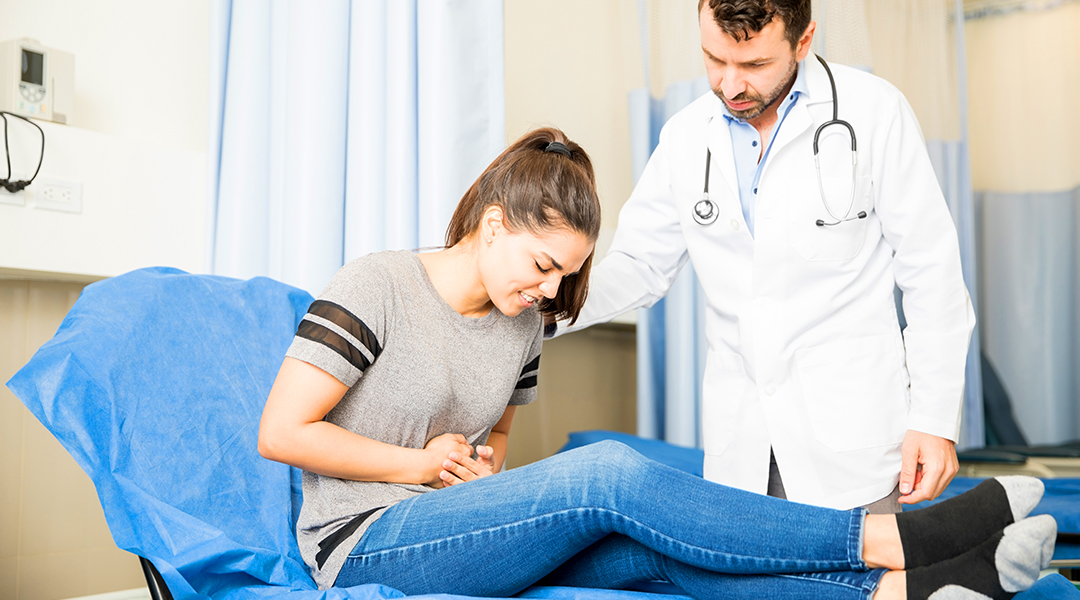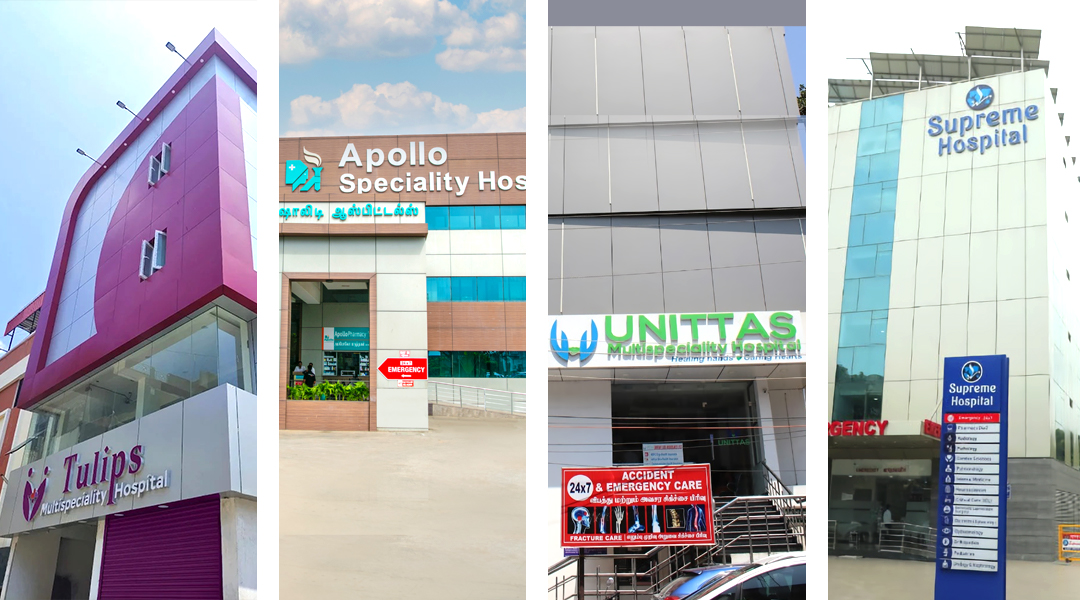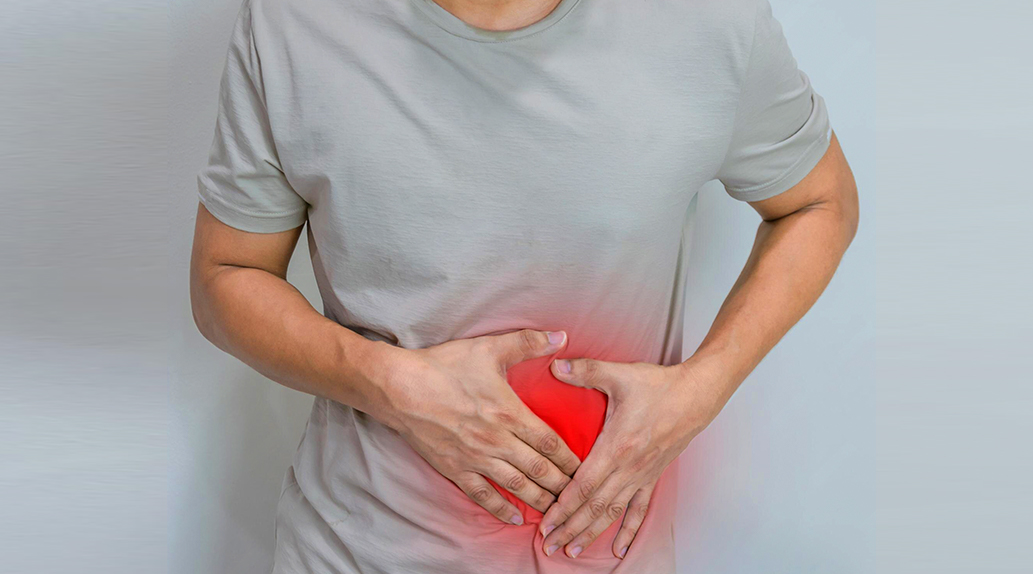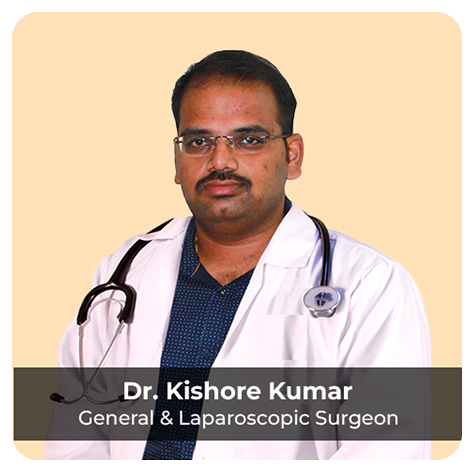At Tulips Multi-Speciality Hospital, we believe that every recovery is a story of hope, teamwork, and timely care. One such inspiring story is that of Mr Chandan Pradhan, a 45-year-old patient who came to us with a severe gall bladder infection, which was later diagnosed as Acute Calculous Cholecystitis (Empyematous).
Thanks to the expertise of Dr Kishore Kumar, our senior general and laparoscopic surgeon with over 15 years of experience, and our advanced surgical facilities, this high-risk emergency was safely and successfully managed through emergency laparoscopic cholecystectomy.
Understanding the Case
Patient: Mr Chandan Pradhan
Age/Sex: 45 / Male
Diagnosis: Acute Calculous Cholecystitis (Empyema)
Procedure: Emergency Laparoscopic Cholecystectomy
Date of Surgery: 17.08.25
Consultant: Dr Kishore Kumar, General Surgeon
How the Patient Presented
Mr Pradhan came to our emergency department with severe upper abdominal pain lasting four days. The pain spread to his right shoulder, became worse after meals, and came with swelling and yellow urine, which were warning signs of a possible gallbladder infection.
On examination, his body parts were stable, although his blood sugar level was high (180 mg/dL). Physical examination revealed tenderness in the right upper quadrant, suggesting inflammation of the gallbladder.
Vital Parameters:
- Temperature – 98.4 °F
- Pulse – 74 /min
- BP – 140/80 mmHg
- SpO₂ – 96 % (room air)
What Is Acute Calculous Cholecystitis (Empyematous)?
Acute calculous cholecystitis occurs when gallstones block the cystic duct, preventing bile from flowing out. This causes inflammation and bacterial infection inside the gall bladder.
When the infection becomes severe, it can turn into empyematous cholecystitis, a dangerous condition where pus accumulates in the gallbladder. If left untreated, it can lead to rupture, sepsis, or life-threatening complications.
Major Causes:
- Gallstones obstructing the bile ducts
- Bacterial infection (E. coli, Klebsiella, Streptococcus)
- Diabetes or obesity
- Chronic irritation or inflammation of the gallbladder
Common Symptoms:
- Sharp right-upper-abdominal pain
- Pain radiating to the shoulder or back
- Nausea, vomiting, or bloating
- Fever and chills
- Yellow urine or mild jaundice
Diagnosis and Evaluation
To confirm the diagnosis, our team conducted a comprehensive ultrasound and blood-work panel.
Ultrasound Findings:
- Enlarged gallbladder with thickened walls
- Multiple gallstones
- Pus collection (empyema) with internal echoes
Blood reports:
- High WBC count indicates infection
- Elevated LFTs suggesting bile obstruction
- Mildly increased bilirubin levels
These results confirmed Acute Calculous Cholecystitis with Empyema, requiring urgent surgical management.
The Surgical Challenge
Emphysematous cholecystitis is much more complex than simple cholecystitis. The organ becomes stressed, swollen, and filled with pus, making it extremely tender. Any delay in treatment can lead to rupture or sepsis, so emergency laparoscopic cholecystectomy is the safest and most effective solution.
Emergency Laparoscopic Cholecystectomy: The Procedure
Under general anaesthesia and strict sterile conditions, Dr Kishore Kumar and his skilled surgical team performed laparoscopic gall bladder removal using minimally invasive techniques.
Step-by-Step Overview:
- The patient was placed in the supine position and prepped under aseptic precautions.
- Pneumoperitoneum was created through a small incision below the navel.
- Additional laparoscopic ports were inserted for camera and instrument access.
- The gallbladder was found to be tense, thickened, and filled with infected pus.
- The Triangle of Calot was carefully dissected to identify the cystic duct and artery.
- Both were securely clipped with titanium clips and divided.
- The gallbladder was safely removed from the liver bed.
- A drain tube was placed to prevent postoperative fluid accumulation.
- Incisions were closed neatly using absorbable sutures and skin staples.
The operation was smooth, blood loss was minimal, and bile leakage was absent, ensuring a successful outcome.
Post-Operative Recovery
After surgery, Mr Pradhan was transferred to the recovery ward for close monitoring. His recovery was steady and complication-free.
Care Plan:
- IV antibiotics to control infection
- Pain and fluid management
- Early oral feeding within 24 hours
- Drain removal on Day 2
- Early ambulation to enhance healing
Within three days, he was comfortable, tolerating food, and ready for discharge.
Recovery Milestones:
✅ Oral intake resumed within 24 hours
✅ Drain removed on Day 2
✅ Discharged on Day 3
✅ Back to normal activities within a week
✅ Follow-up scan showed complete healing
Discharge & Home-Care Guidance
At discharge, our team advised Mr Pradhan to:
- Avoid oily, spicy, and heavy meals for two weeks
- Stay well hydrated and eat light, balanced food
- Continue antibiotics and painkillers as prescribed
- Keep the incision site clean and dry
- Visit for wound inspection after 7 days
Dr Kishore Kumar – Expert in General and Laparoscopic
With over 15 years of surgical expertise, Dr Kishore Kumar has successfully managed hundreds of gastrointestinal and laparoscopic surgeries. His precision, calm approach, and patient-first philosophy ensure safe results and speedy recovery.
Specialties:
- Gallbladder, liver, and intestinal surgeries
- Laparoscopic treatment for gallstones and appendicitis
- Gastrointestinal and colon cancer surgeries
- Hernia repair and bowel obstruction management
- Minimally invasive procedures for faster recovery
Philosophy:
“Surgery is not just about removing a disease; it is about restoring health, comfort, and confidence.” Dr Kishore Kumar’s empathetic communication and personal attention make each patient feel supported throughout his or her treatment journey.
Tulip Multi-Speciality Hospital – Excellence in Laparoscopic Surgery
Tulip Multi-Speciality Hospital is known for its commitment to precision, safety, and compassionate care. Our state-of-the-art operation theatres, 24×7 ICU, and advanced laparoscopic systems allow us to handle even the most complex surgical emergencies with confidence.
Our General & Gastrointestinal Surgery Services Include:
- Emergency and elective laparoscopic surgeries
- Gallbladder, bile duct, and appendix procedures
- Hernia and intestinal surgeries
- Gastrointestinal cancer management
- Comprehensive post-operative monitoring and infection control
Every patient benefits from our multidisciplinary approach, ensuring seamless care from diagnosis to recovery.
Conclusion
The successful treatment of Acute Calculous Cholecystitis (Empiric) at Shri Chandan Pradhan reflects Tulip Multi-Speciality Hospital’s dedication to clinical excellence and compassionate patient care.
Through the surgical expertise of Dr Kishore Kumar and the modern laparoscopic infrastructure of the hospital, a potentially life-threatening infection was transformed into a story of complete recovery and restoration of health.
At Tulip, each patient’s journey reaffirms our mission to provide advanced care with precision, compassion, and trust.
Frequently Asked Questions (FAQ)
- What is Acute Calculous Cholecystitis?
It’s an inflammation of the gallbladder caused by gallstones blocking the bile duct, often leading to infection and severe pain. - What is an Emergency Laparoscopic Cholecystectomy?
It’s a minimally invasive surgery to remove the infected gallbladder through small incisions, ensuring faster recovery and minimal scarring. - How serious is Empyema of Cholecystitis?
Very serious — pus formation inside the gallbladder can lead to rupture or sepsis if not treated promptly. - How long is the recovery after gallbladder removal?
Most patients recover within one week and resume normal activities in 10–14 days. - Can a person live without a gallbladder?
Yes. The liver continues to produce bile, and digestion adapts over time. A balanced, low-fat diet is advised.


